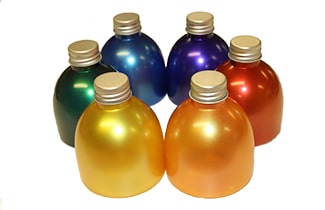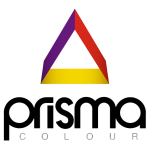Considerations for Formulating Masterbatch, Compounds and Dispersions
Colourant formulations are often complex in order to meet the varied requirements of the players in the supply chain. However, in general we as consumers take colour for granted.
What are the main considerations when correctly identifying colours and additives for a particular formulation?
In order to meet the various direct and in-direct end customer requirements for masterbatches and compounds there are several main questions that have to be answered to avoid premature failure, degradation and of course over or under engineering to achieve the all-important price point.
What is the end application/article? Does this mean there is a particular specification…as per the automotive industry for example.
What is the material that the product is or will be made of? The answer to this question, increases or reduces the palette of colourants available to the formulator.
How will the article be used?
Through what processes will the recipe be subjected to in order to make the end article? With thought for both the temperature and residence time in the processes. Heat Stability

Where will the end article be used (climate and overall environment) and what lifetime will be expected from the designers and the end consumers too? Is this a product that will be used inside or be exposed to the elements? Taking this a step further, what failure criteria will be attributed to the end article? Weathering/Durability. We will expand on this topic in more detail in a separate article in this series. Please register your interest in receiving further details by clicking the button at the end of the article
Many masterbatches are formulated for colour identification purposes – safety applications or related to a brand or to encourage the consumer to buy.
Are the mechanical properties essential to the performance of the design? Eg weight bearing.
Are there any dimensional considerations that may affect the masterbatch or compound recipe and how the article is used or might behave? Thoughts around opacity and transparency and whether the shape and size is retained post colouration for example. Warpage, shrinkage and distortion. We will share our experiences in more detail in this area in a separate article in this series. Please register your interest in receiving further details by clicking the button at the end of the article.
Are there other special considerations, such as sensitive applications or direct and indirect contact with food stuffs?

Paying attention to these questions, the development team here at Prisma Colour will focus ideas to your design requirements when formulating your colour masterbatches and speciality compounds whether for thermoplastics, rubbers or silicones.
Use our revised colour match request forms to better meet your needs.
Contact us now to discuss your colour developments.

